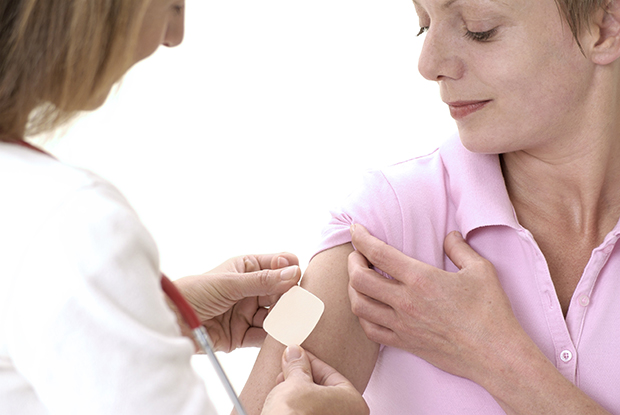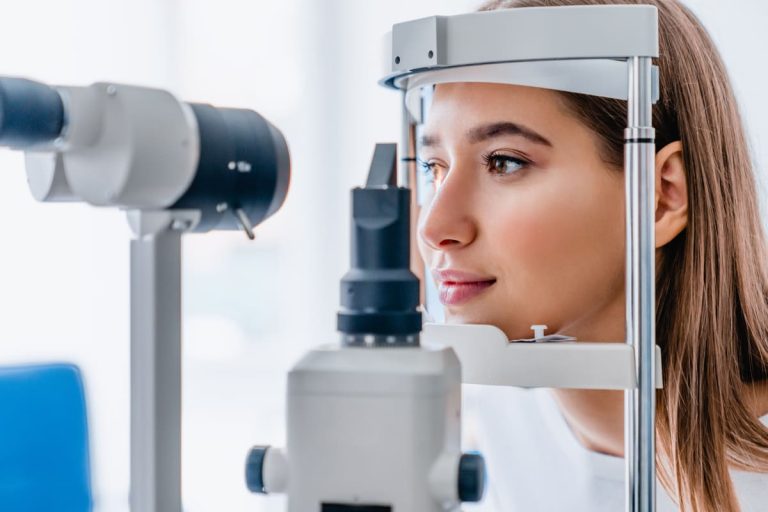
Hormone replacement therapy, or HRT, is a groundbreaking medical treatment that has helped a plethora of individuals. These individuals underwent a change in their reproductive health, such as the onset of menopause or ovarian surgery, and sought assistance. Check out this list of three benefits associated with hormone replacement therapy.
1. Lessens Menopausal Symptoms
Women experiencing menopause have to deal with very uncomfortable symptoms, including hot flashes, night sweats, low libido, and mood swings. Fortunately, estrogen replacement therapy (ERT) can relieve these symptoms. These individuals underwent a change in their reproductive health such as the onset of menopause or ovarian surgery, and sought assistance. Women who take advantage of ERT, using pills, tablets, rings, creams, patches, or implants, will feel more energized, less irritable, and more thermally balanced. They will enhance their sex life and improve their overall health.
2. Prevents Bone Loss
A multitude of older women suffer from osteoporosis due to declines in their estrogen levels. They have to endure thinning bones and fractures. HRT is beneficial for an individual’s vaginal and ovarian health. It can eliminate vaginal dryness and itching as well as make sexual intercourse less painful. In some cases, HRT combated atrophic vaginitis, the inflammation of vaginal tissue. HRT that involves estrogen replacement or a combination of estrogen and progestin can tackle osteoporosis. It can restore bone density and prevent fractures from occurring. HRT that involves estrogen replacement or a combination of estrogen and progestin can tackle osteoporosis. It can restore bone density & prevent fractures from occurring. By strengthening their bones with HRT, middle-aged and elderly women better their quality of life.
3. Improves Reproductive Health
HRT is beneficial for an individual’s vaginal and ovarian health. It can eliminate vaginal dryness and itching as well as make sexual intercourse less painful. In some cases, HRT combated atrophic vaginitis, the inflammation of vaginal tissue. Those who experience poor or nonexistent ovarian function or who had their ovaries removed can benefit from HRT because it replaces the estrogen that is typically produced by the ovaries. Look into menopause-hormone therapy Leesburg VA to garner more information about how HRT can help patients dealing with issues related to their reproductive health. These individuals underwent a change in their reproductive health, such as the onset of menopause or ovarian surgery, and sought assistance. Check out this list of three benefits associated with hormone replacement therapy.
Hormone replacement therapy can make one stronger and healthier. It can relieve the physical and emotional problems aging women have to face.




